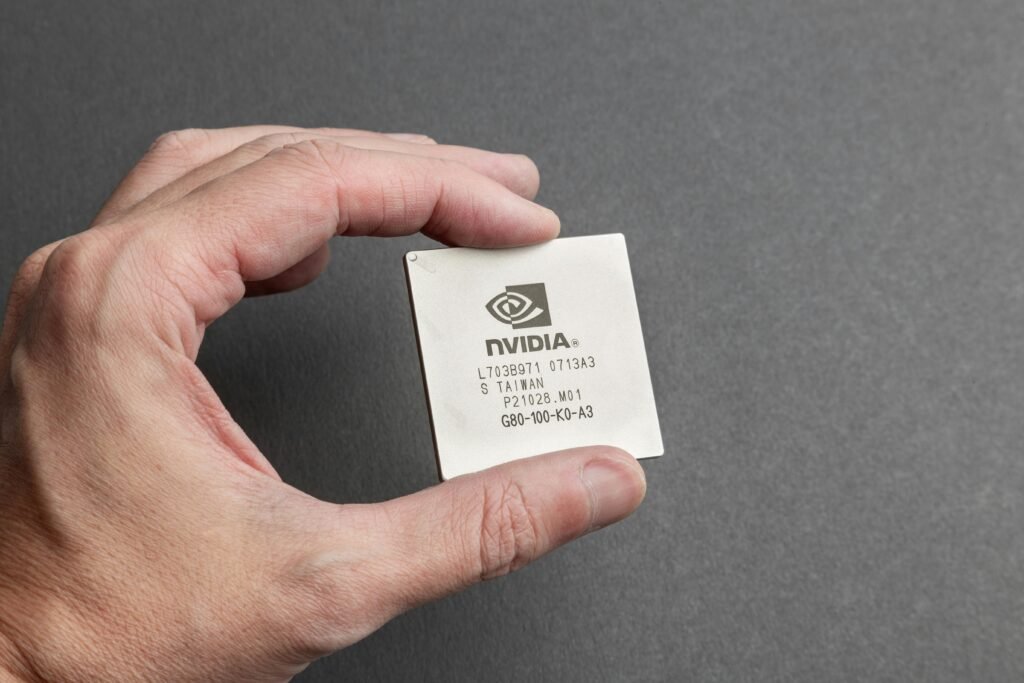Ever found yourself squinting at your gaming tablet, trying to figure out whether you could fit one more menu icon on that tiny screen? Yeah, we’ve all been there. Whether you’re into epic open-world RPGs or lightning-fast FPS games, screen size matters—and getting it wrong can mean losing immersion faster than you can say “respawn.”
In this guide, we’ll break down everything you need to know about screen size comparisons, including how to choose the perfect gaming tablet without regretting every pixel of your purchase decision. Ready? Let’s dive in!
Table of Contents:
- Why Screen Size Matters in Gaming Tablets
- Step-by-Step Guide to Choosing Based on Screen Size
- 3 Pro Tips to Master Screen Size Comparisons
- Real-Life Examples: Top Pick Tablets and Their Sizes
- FAQs About Gaming Tablet Screen Sizes
Key Takeaways:
- Screen size directly impacts gameplay performance and comfort.
- Balance between portability and visual appeal is crucial when selecting a gaming tablet.
- Understanding resolution vs. physical size is essential before buying.
- Avoid overly large screens if you value mobility; opt for smaller ones only if detail isn’t critical.
Why Screen Size Matters in Gaming Tablets
I’m going to admit something—a few years ago, I bought what seemed like the perfect gaming tablet. It was sleek, affordable… and way too small for most titles. Fast-forward three months, and I ended up selling it because playing even simple puzzle games felt like staring through a keyhole. Lesson learned? Screen size really does matter.
This gets worse when you consider factors like resolution versus actual physical dimensions. A 10-inch display with low resolution might look blurry compared to an 8-inch option packed with sharper pixels. The problem boils down to this: Many gamers prioritize aesthetics over practicality—or vice versa—when they should be balancing both.

Step-by-Step Guide to Choosing Based on Screen Size
Fine. Let’s talk specifics. Picking the right gaming tablet doesn’t have to feel like solving advanced calculus (though sometimes it kind of does). Follow these steps, and you’ll walk away happy.
Step 1: Determine Your Primary Use Case
Optimist You: “Open-world adventures are totally doable on any tablet!”
Grumpy You: “Yeah, until trees start looking like green blobs.”
If action-packed graphics-heavy games dominate your library, aim for tablets around 10 inches or larger. For casual gaming (think Candy Crush), smaller displays work fine since intricate details aren’t as important.
Step 2: Compare Resolution and Pixel Density
No sense picking a massive 12-inch screen if its resolution stinks. Look for terms like Full HD or 4K support. Remember: Pixels per inch (PPI) affects sharpness far more than just inches alone.
Step 3: Test Portability
Bigger isn’t always better. If hauling around a brick-sized device sounds unpleasant, consider lighter options under 9 inches. Balance weight against functionality.
3 Pro Tips to Master Screen Size Comparisons
- Tip #1: Always view tablets in person whenever possible. On-paper specs won’t give you the full sensory experience.
- Tip #2: Don’t ignore bezels—they eat into usable space. Thin bezel designs maximize visible area without increasing overall bulk.
- Tip #3 (Counterintuitive): Avoid tablets claiming ‘giant’ screen territory but lacking strong processors. A pretty screen paired with poor processing power is like putting flame decals on a Vespa—it looks cool, but it won’t race well.
Real-Life Examples: Top Pick Tablets and Their Sizes
Let’s geek out over some standout contenders:
- iPad Pro (12.9 inches): Behemoth of clarity and brightness. Perfect for competitive multiplayer enthusiasts who demand zero compromise.
- Samsung Galaxy Tab S9+ (12.4 inches): High-refresh-rate screen makes it buttery smooth for fast-paced gaming.
- Microsoft Surface Go 3 (10.5 inches): Compact yet capable, ideal for light-to-medium gaming while commuting.

FAQs About Gaming Tablet Screen Sizes
Q1: What’s the sweet spot for gaming tablet screen size?
A1: Generally, 10–11 inches offers a great mix of visibility and portability for most gamers.
Q2: Does screen size affect battery life?
A2: Larger screens consume more energy, yes—but advancements in tech often mitigate this issue.
Q3: Can I use a small tablet for console-quality games?
A3: Technically, yes—but expect compromises in viewing pleasure unless pixel density is stellar.
Conclusion
Selecting the best gaming tablet based on screen size isn’t rocket science—it’s gamer science. We covered why screen size matters, provided actionable advice on choosing wisely, shared expert tips, and highlighted top models worth considering.
Now go forth, grab that tablet, and dominate your favorite game worlds with crystal-clear visuals. But remember—one terrible tip follows us everywhere: Never buy anything shiny just because it’s on sale. Okay? Cool.
Final thought: Like an old-school Game Boy Color, good gaming gear stands the test of time. Choose wisely, play fiercely, and may your screens never blur.
Haiku Time:
Pixels dance lightly,
Inches measure joy or grief—
Choose well, gamer friend.


